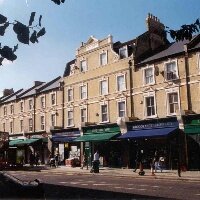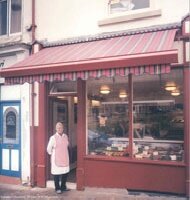Heritage & Spin-off benefits


There is a growing literature of methodology guidance, case studies and evaluation of major programmes connected to the role of investment in historic assets in underpinning economic, social and environmental benefits to society. The nature of these benefits can come in various forms. It might be directly to do with the conservation of a feature of historic importance that is valued even by those who don’t visit now, and by future generations. There are benefits of expenditure which are of more immediate value to local people, for example in terms of property values, but responsibility for that expenditure lies with one individual or one organisation. Heritage assets might also form an important part of the regeneration of an area.
Spin-off benefits of expenditure on heritage assets for society are potentially significant and wide-ranging. But the actual realisation of these benefits is not straightforward or assured, and there can be negative as well as positive spin-offs on surrounding businesses and activities. Recent experience provides examples of successful heritage projects with positive economic, social and environmental spin-offs, but they are conditional on rigorous appraisal and careful management to achieve these benefits.
The Heritage Dividend Methodolody
The Heritage Dividend Methodology measuring the impact of heritage projects builds on previous experience of measuring the impact of heritage expenditure on regeneration in cities, towns and villages across England. The methodology describes various methods for capturing the range of positive (and negative) spin-offs. The methodology also takes into account the general guidance concerning assessment of regeneration type projects as recommended by CLG. As well as increasing the scope of evaluation of heritage expenditure, the methodology recognises that projects with small budgets would not justify a full scale assessment. There is no one size fits all evaluation.
Heritage Works: the use of historic buildings
The practical toolkit described in Heritage Works: The use of historic buildings (RICS, BPF, English Heritage & Drivers Jonas, 2006) provides a step by step guide to developers and others wishing to take forward heritage–led regeneration.
Other sources
Case study examples of where expenditure on heritage assets has benefited the local areas across the country can be found in Heritage Dividend publications, The Heritage Dividend (1999), Heritage Dividend (2002), Heritage Dividend: East of England Region (2003). Recent publications with case studies covering different types of heritage assets include Regeneration and the Historic Environment (2005), and Regeneration in Historic Coastal Towns (2007) , and Regeneration through Heritage Understanding the Development Potential of Historic European Arsenals (SHARP Europe, 2007). Heritage Lottery Fund Conservation Area Partnership Schemes: review of funded projects (HLF 2007) reports the longer term impacts of expenditure on heritage assets.
Comprehensive evaluation of a heritage related regeneration programme can be found in the report by Heritage Lottery Fund/Oxford Brookes University report, Townscape Heritage Initiative Five Year Review Report
What's New?
-
The National Heritage List for England is now live on the English Heritage website.
-
Welcome to the HER21 page. This page offers access to the full suite of HER21 project reports.
